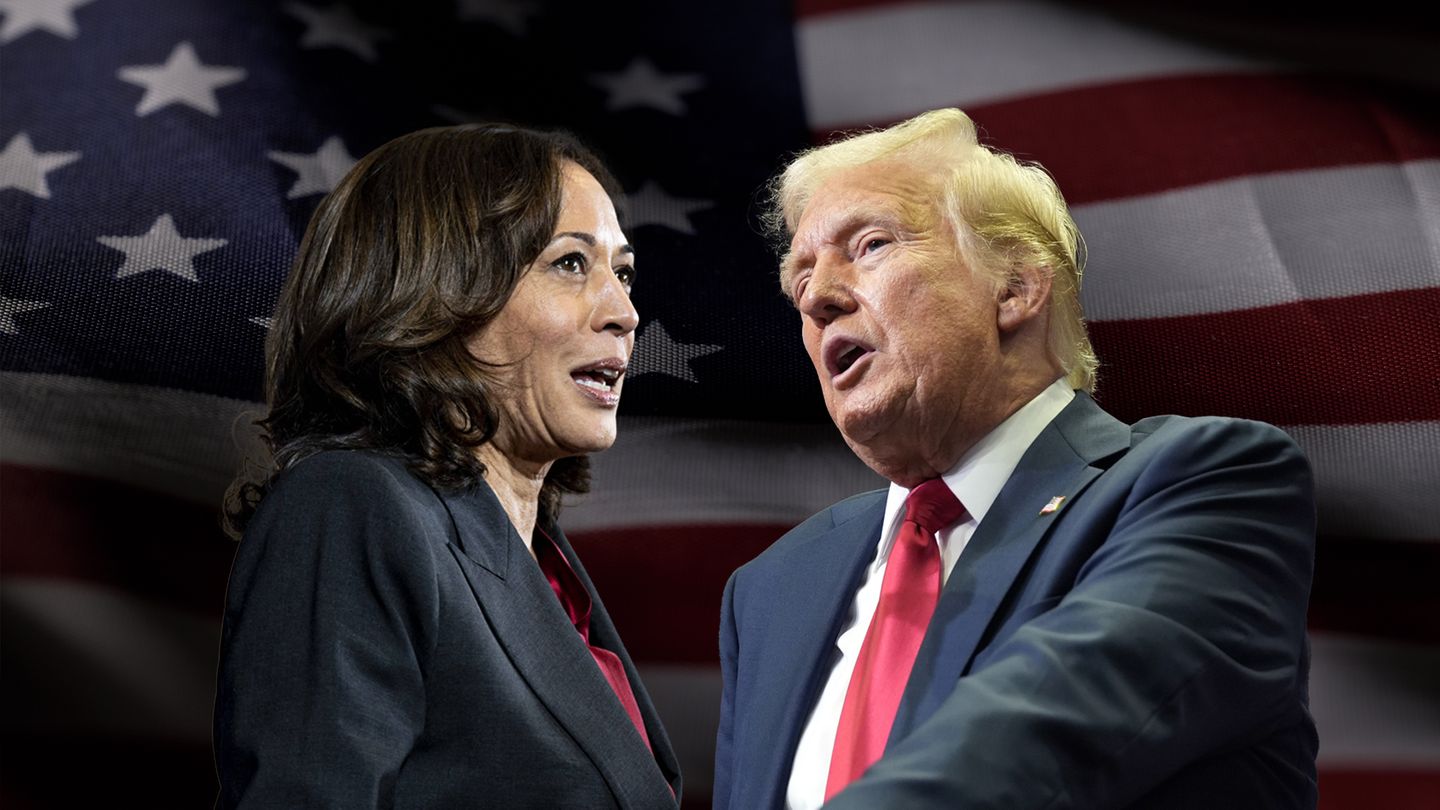Kamala Harris or Donald Trump is likely to reach the 270 electoral votes needed to become the 47th president soon after votes are cast on Nov. 5. However, there remains a statistical possibility that neither candidate will hit that magic number.
This scenario could unfold in two ways: if Trump and Harris each receive exactly 269 electoral votes, or if “faithless electors” cast ballots for other candidates.
The electors from each state will meet on Dec. 17 to officially cast their Electoral College votes. Currently, 30 states and the District of Columbia legally require electors to vote for the candidate who won their state or one of the two major party nominees. However, in 2016, seven electors from Hawaii, Texas, and Washington state voted for someone other than Hillary Clinton or Donald Trump, despite Trump winning 306 electoral votes and Clinton winning 232. The final count ended up Trump 304, Clinton 227 due to these “faithless electors.”
On Jan. 6, 2025, the 119th Congress will convene to formally count the electoral votes. If no candidate has 270, the House of Representatives will select the president. In this case, each state’s House delegation gets one vote, with a majority of 26 needed to win. Currently, Republicans control 26 state delegations, while Democrats have 22, and two states (Minnesota and North Carolina) are evenly split. That distribution could change after the 2024 elections. According to 270ToWin’s forecast as of Friday, Republicans could hold the majority in 28 state delegations in 2025, with Democrats holding 19.
The Senate will elect the vice president in a separate process, requiring only a simple majority. A vice president-elect could theoretically be chosen with as few as 34 votes in the Senate, given the required quorum of 67 senators.
If the House fails to pick a president on the first ballot, they must keep voting until a tie is broken. Should no president be chosen by the time the new term begins on Jan. 20, 2025, the vice president-elect, as chosen by the Senate, would temporarily assume presidential duties. If neither chamber reaches a majority decision by Inauguration Day, the Speaker of the House would serve as acting president until a president or vice president is selected, under the Presidential Succession Act of 1947.
The chances of this scenario are low. According to FiveThirtyEight, a “no winner” outcome occurred only three times out of 1,000 simulations as of Friday. The House has had to choose the president only twice in U.S. history, in 1800 and 1824.
 Telegram is where we really talk. Don't miss out!
Telegram is where we really talk. Don't miss out!








